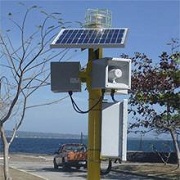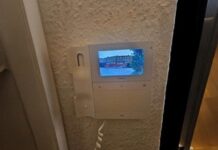
The 26 December 2004 Indian Ocean Tsunami killed 230,000 people in 14 countries, and swamped coastal communities with waves up to 30 metres high. Following this tragic event, the UN set up the Indian Ocean Tsunami Warning System, and although not directly affected by the 2004 disaster, the Philippines have set up a similar early warning system.
The solar powered local tsunami warning stations rely on E2S Warning Signals’ A121AX Appello 126 dB(A) output user-recordable alarm horns, which have a 300 metre effective range, to generate the audible alarms to alert the population to an impending emergency. Three units per station, spaced at 120 degree intervals, ensure all-round audibility, and the units generate warning alert tones followed by recorded messages to ensure that the warning is unambiguous.
In the event of an emergency, people living in the affected coastal areas are given sufficient time to flee their homes and follow designated evacuation paths leading to higher grounds.
Areas on the west coast of the islands, which face the Manila trench located between The Philippines and Vietnam, are at particular risk and the project is being progressively rolled out from the densely populated coastal towns and cities to the rest of the region.
The system includes detectors, a GSM data communication system, data visualisation, interpretation, local tsunami emergency decision tools and, the final public-facing element of the system, widely distributed local tsunami warning stations.
The A121AX can store, in nonvolatile permanent memory, up to 2 minutes (4 x 30 seconds) of user messages, with independent volume controls for the 45 embedded alarm tones and the recorded messages. It operates from 24 VDC and is environmentally sealed to NEMA 4/4X/3R/13 and IP66 standards











